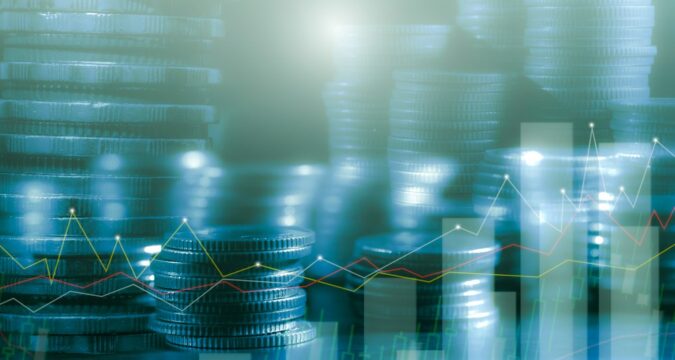
On Thursday, a number of officials of the US Federal Reserve spoke about the need for the monetary authority to continue raising borrowing costs for bringing the decades-high inflation under control.
However, the real debate amongst the officials is about how high the rates need to go and how fast.
Responding to price pressures
James Bullard, the Fed President in St Louis, had been one of the earliest advocates of the central bank last year about responding strongly to the price-building pressures.
He said that considering the fact that the economy continues to remain strong, he would be ready to support yet another 75 basis points increase in the interest rate in the next meeting.
The Fed official said that he did not see the point of dragging out the interest rate hikes into next year. He added that he wanted to see the benchmark rate touch 3.75% to 4% by the year end.
Currently, the rate stands at 2.25% to 2.50%. On Thursday, the President of San Francisco Fed, Mary Daly had also talked about the interest rates.
She said that they could increase short-term borrowing costs to 3% or above by the year end, if they hike the interest rate by 50 or 75 basis points in the next meeting.
Economic data
Employment data is likely to determine the exact pace of interest rate hikes, which has grown briskly in recent months.
Moreover, inflation is also the biggest factor and the problem is that it has currently increased to 3 times the target of 2% of the central bank.
Mary Daly said that the slowdown in the global economy was a headwind on US growth, so they need to be careful and don’t go overboard with their policy.
On Thursday morning, new data showed that there had been a decline in the number of people filing for unemployment benefits in the previous week.
This was further evidence that the economy is still going strong, despite the Fed increasing interest rates the fastest since 1980. Only the housing market has cooled a bit.
Split
The next Friday might provide investors with better hints about the likely actions of the Fed in the next couple of months.
This is because there is a conference on August 26th of global central bankers scheduled in Jackson Hole, Wyoming, where the Fed chairman Jerome Powell is scheduled to give a speech.
Last month, Powell had expressed the policy of another big interest rate hike in the next policy meeting, but had also said that slowing down would be more appropriate.
According to the chairman, this would give officials the chance to assess the impact of higher borrowing costs on the economy.
The remarks of the Fed officials on Thursday indicate that officials of the central bank are split between those who want to increase rates quickly and those who are more cautious.
This is because they do not want to damage the job market and increase the unemployment rate, which stands at 3.5%.




